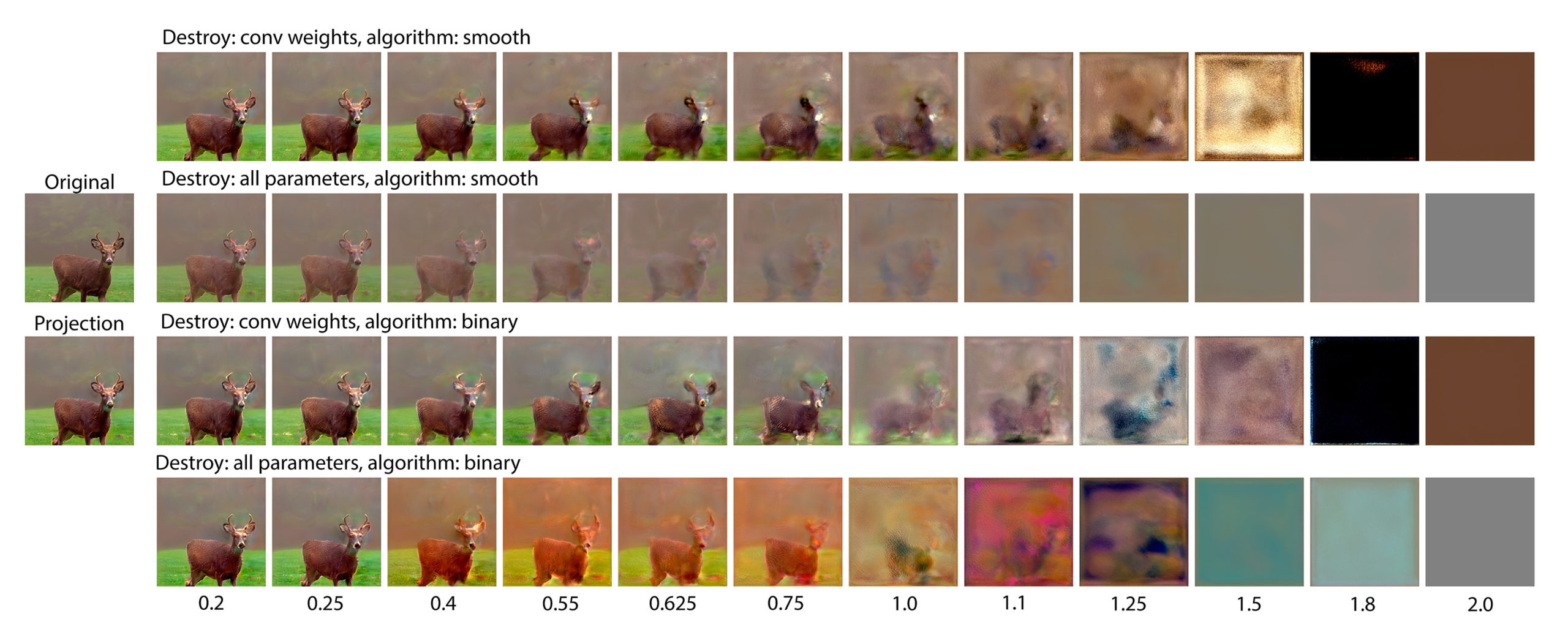Oh Deer!
“Oh Deer!” is about watching an AI slowly forget.
The result is a poetic and spooky experiment with Machine Learning.
De Wilde’s artistic R&D project explores the connection between the biological brain and the synthetic computational brain. The video is made by applying custom weight degradation on a Generative Adversarial Network (GAN), until the image dissolves into a digital monochromatic plane or pixel. Maybe man and machine are not so different after all?
What if AI’s, modelled by, and after, human behaviour, become a mirror image of us? This is the premise of “2001, A Space Odyssey”, and the movie comes to the conclusion that, if HAL has feelings, it is definitely the Will to power. Is digital ageing, or HALzheimer, a possible antidote and solution to counteract the Will to power?
The artwork explores the ephemeral qualities, and fragility, of memory, examined in relationship to the subjects of power and control, as in Hegelian master-slave dialectics.
The video is exclusively available at NIIO art: https://www.niio.com/home/portfolio/0/all/30149



